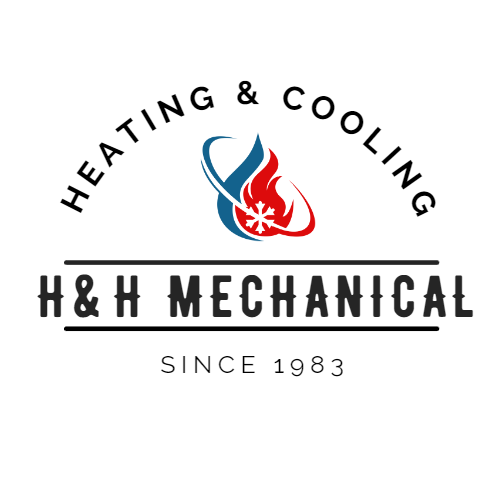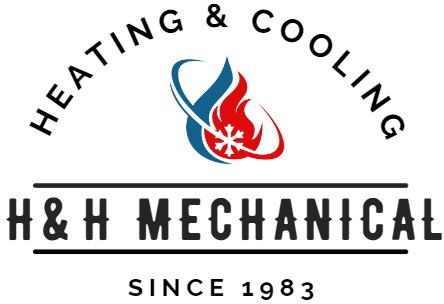Top 5 Problems in HVAC Furnaces and How to Address Them
Heating, Ventilating, and Air Conditioning (HVAC) systems are crucial for ensuring comfort in homes and workplaces. Among the components of the HVAC system, furnaces play a key role in providing warmth, especially during the cold months. However, like any complex machinery, furnaces are not immune to problems. Understanding the common issues that can arise can help homeowners and facility managers take proactive steps to mitigate these problems. Here are the top five problems encountered in HVAC furnaces and practical advice on how to address them.
1. Faulty Ignition or Pilot Control
A malfunctioning ignition system or pilot light can make it difficult to heat a home or office space effectively. This issue can be due to various factors, including faulty electrical components, clogged pilot orifices, or problems with the thermocouple.
Solution:
Regular maintenance by a qualified HVAC technician can ensure that the ignition system is in good working condition. Simple tasks like cleaning the pilot orifice and checking the thermocouple can also be performed to ensure smooth operation.
2. Dirty or Clogged Filters
One of the most common and easily preventable furnace problems is a dirty or clogged air filter. A blocked filter restricts airflow, forcing the furnace to work harder, which can lead to overheating and eventually a shutdown of the system.
Solution:
Regularly replace or clean the furnace's air filter according to the manufacturer's recommendations — usually every 90 days, but more often if you have pets or suffer from allergies.
3. Wear and Tear of Components
Over time, the mechanical parts of a furnace, such as belts and bearings, can wear out due to regular use. This wear and tear can compromise the furnace's efficiency and performance.
Solution:
Scheduling annual inspections and tune-ups can help identify and replace worn-out parts before they cause more significant problems. Ensuring consistent, professional maintenance is key to prolonging the life of the furnace.
4. Inadequate Airflow
Besides dirty filters, several factors can lead to inadequate airflow, including blocked vents, a malfunctioning blower motor, or even leaks in the ductwork. Inadequate airflow can cause the furnace to overheat and also affect the overall comfort level of the indoor environment.
Solution:
Ensure that all vents are clear from obstructions, check the condition of the blower motor, and inspect ductwork for leaks. Consider hiring an HVAC professional to perform a comprehensive airflow analysis and recommend necessary repairs.
5. Malfunctioning Thermostat
A faulty thermostat can lead to problems with heating control, resulting in an uncomfortable indoor climate. Whether the issue lies in the battery, wiring, or calibration, thermostat problems can significantly affect the furnace's operation.
Solution:
For battery-operated thermostats, check and replace the batteries regularly. If your thermostat is hardwired, verify its connections and consider recalibration. In some cases, upgrading to a smart thermostat can provide greater control and efficiency.
Encountering problems with an HVAC furnace can be a challenging experience, especially during peak usage times. By being aware of these common issues and knowing the basic solutions, homeowners and facility managers can take steps to ensure their heating systems run smoothly and efficiently. However, for major repairs or maintenance tasks, it's always best to consult with a certified HVAC professional to ensure safety and optimal performance.
You might also like





